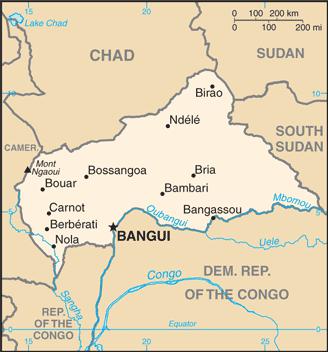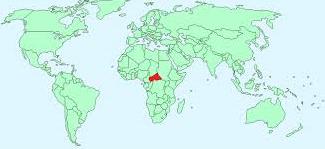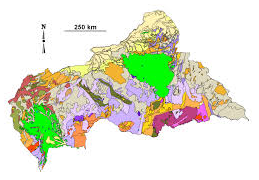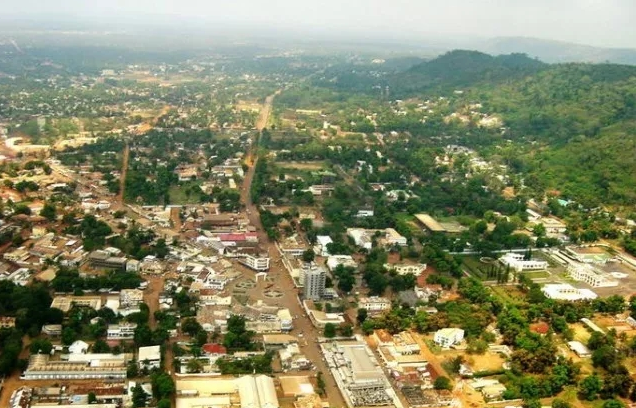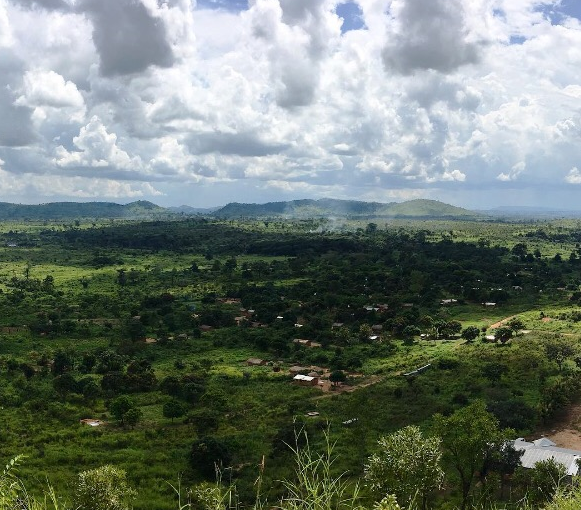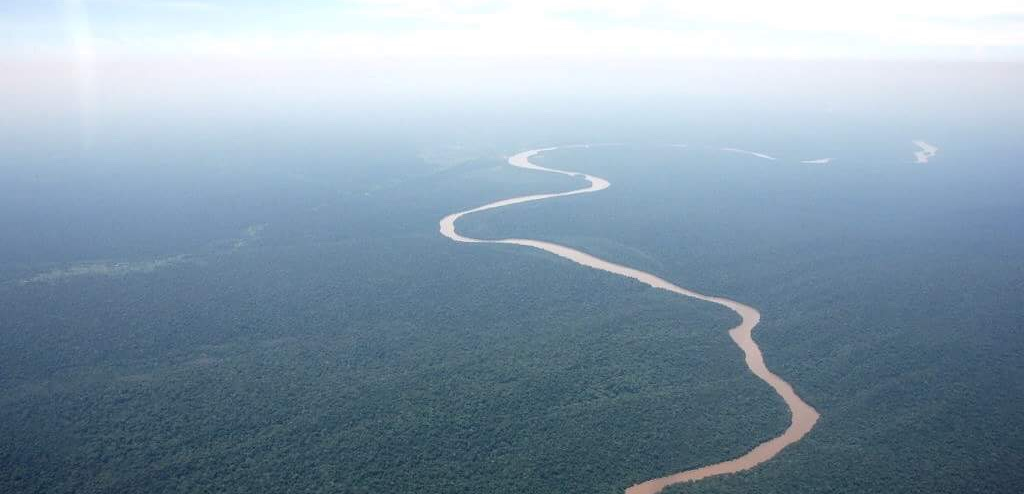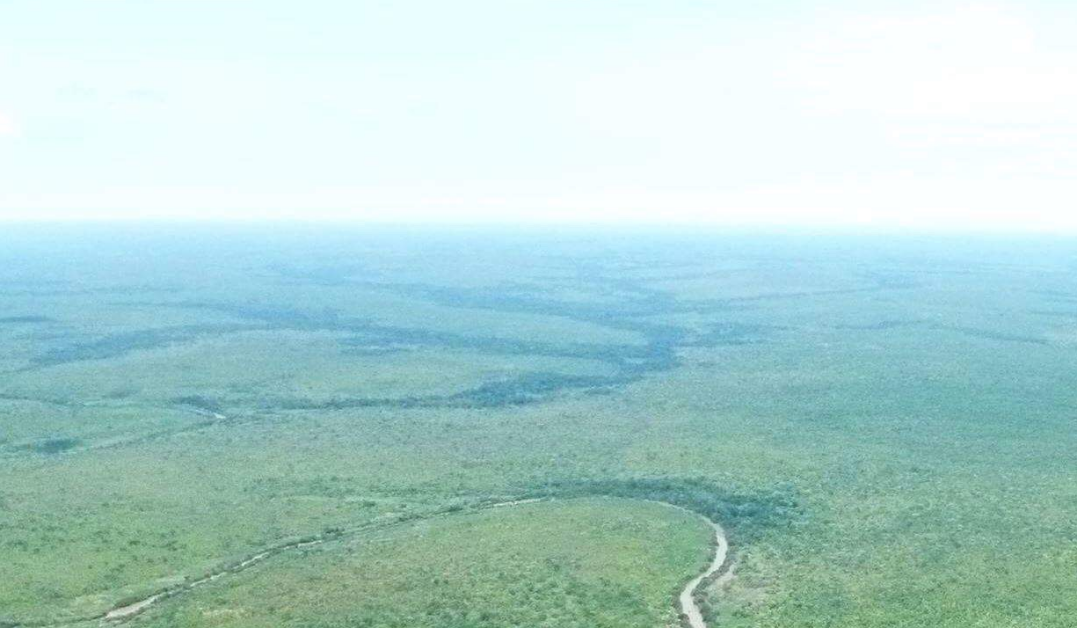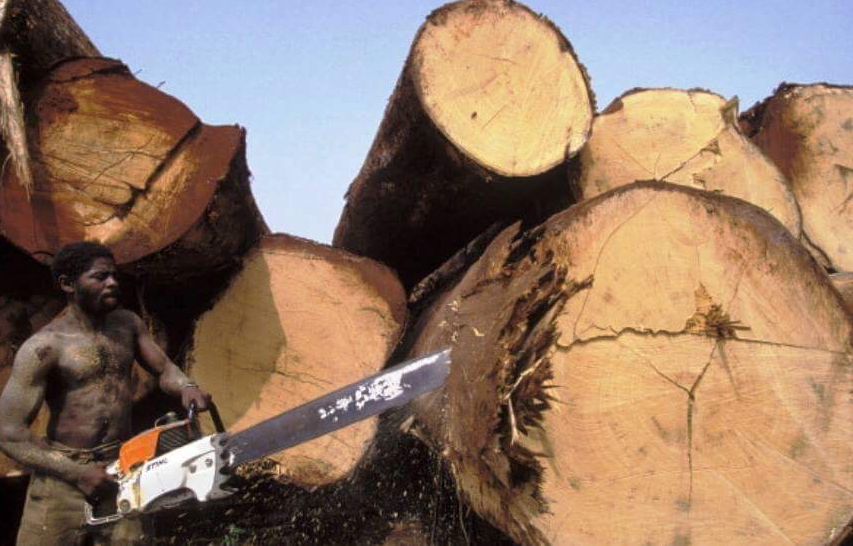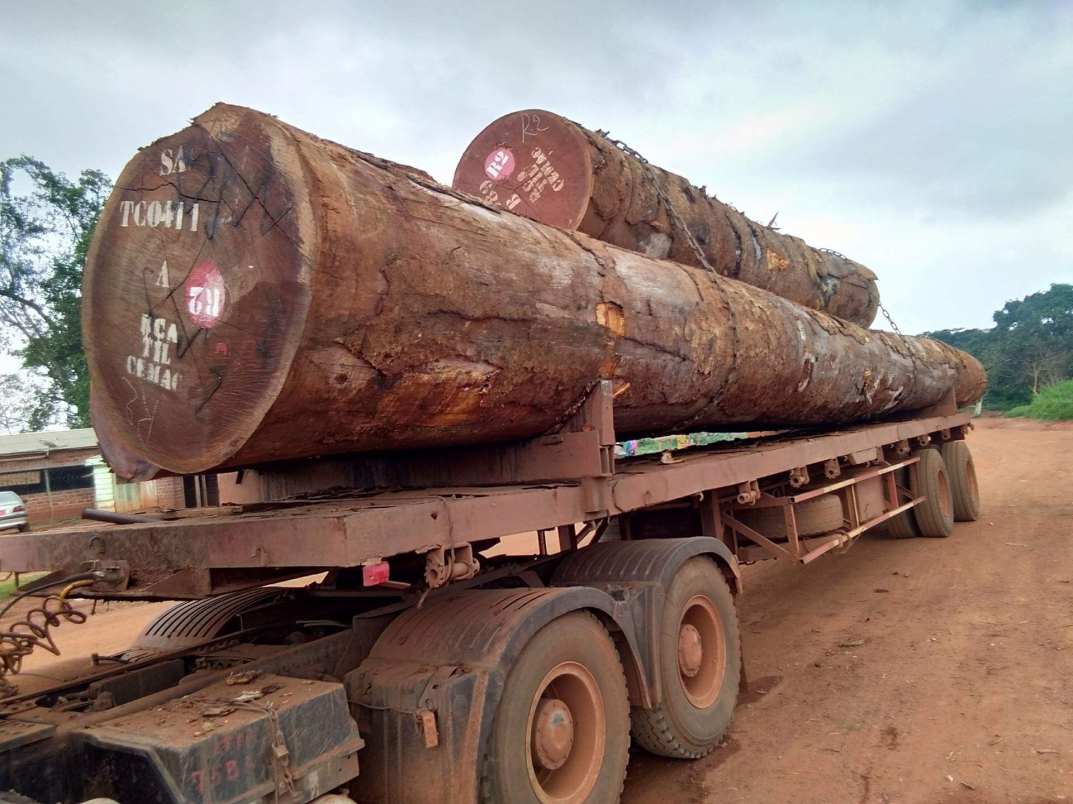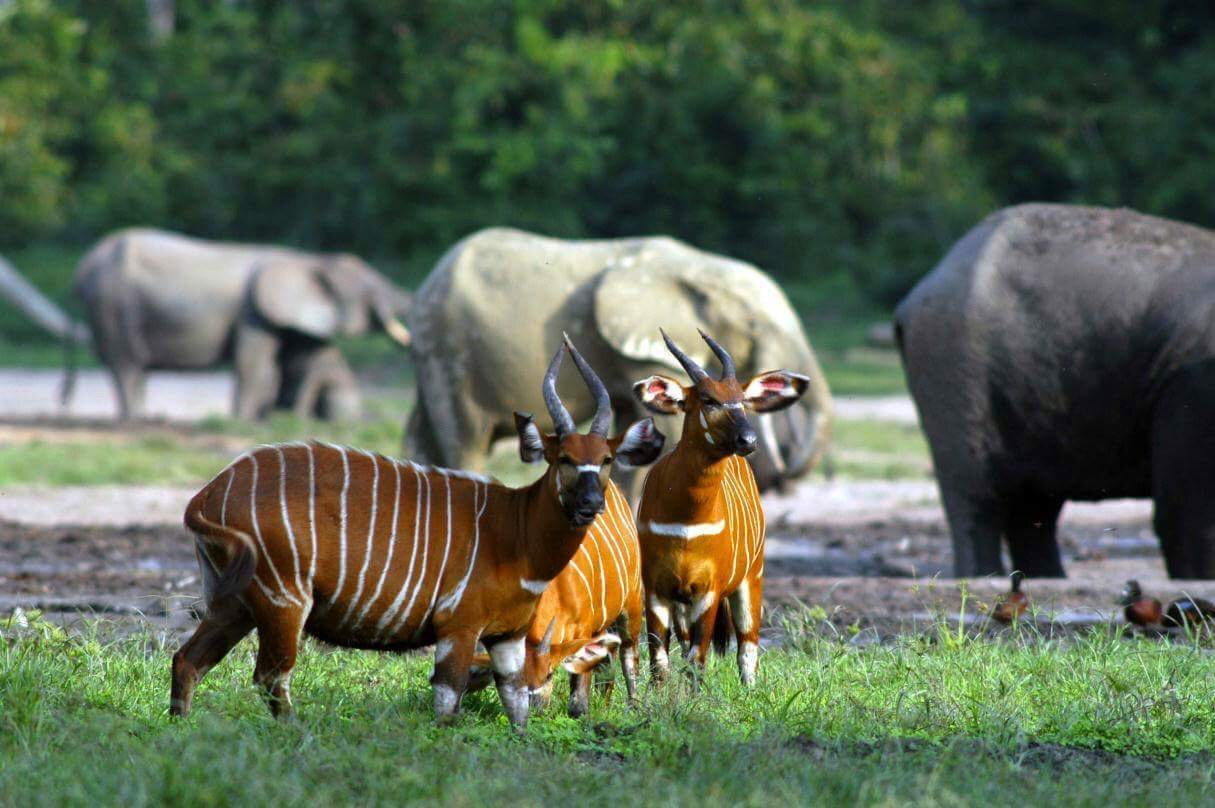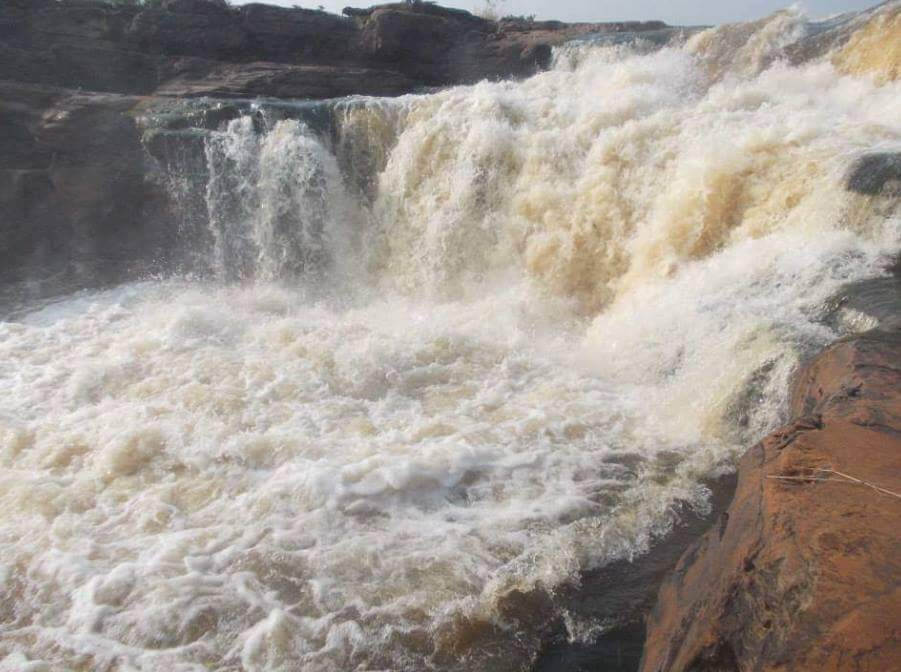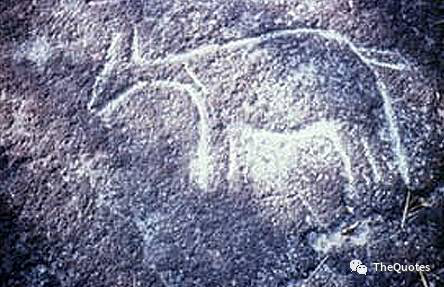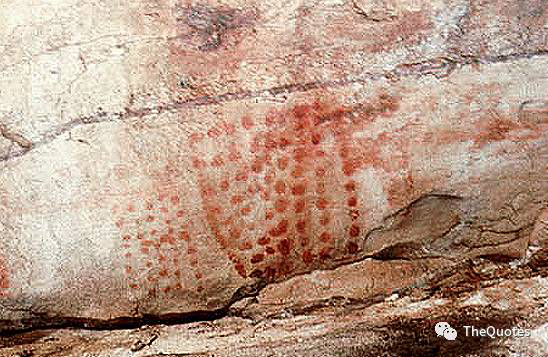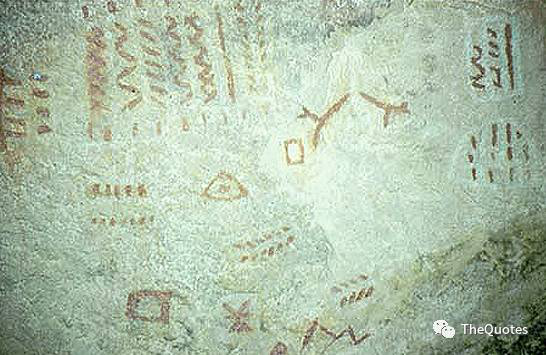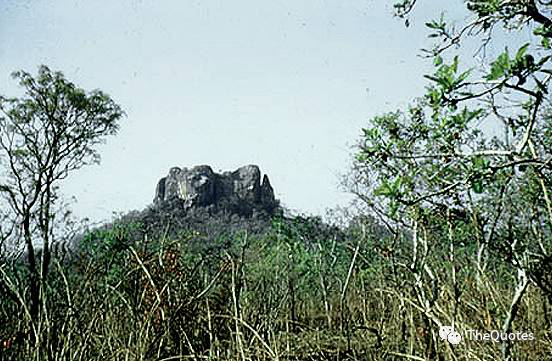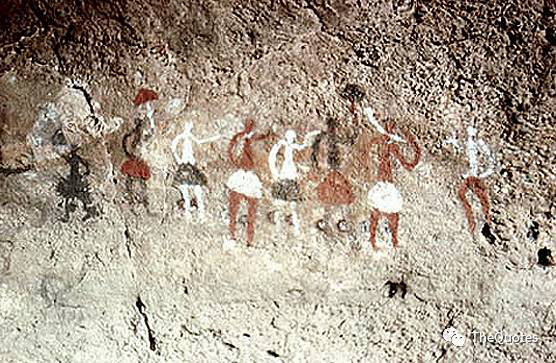CENTRAL AFRICAN REPUBLIC
‘‘AFRICAN VIRGIN LAND FOR INVESTMENT OPPORTUNITY’’
· Population: 4.7 million
· Area: 622,984 sq km (240,535 sq miles)
· Languages: French, Sangho
· Major religions: Christianity, Islam, indigenous beliefs
· Currency CFA (Communaute Financiere Africaine) franc
Central African Republic is a landlocked country in almost the precise center of Africa. It borders Cameroon to the west, Chad to the north, Sudan and South Sudan to the north-east, and Democratic Republic of the Congo and Republic of the Congo to the south. The capital and largest city of the Central African Republic is Bangui, its official languages are French and Sangho.
Natural Resources that are abundant in this country are uranium, crude oil, gold, diamonds, cobalt, lumber, forest, and arable land.
VALID 18 MINERALS ARE LISTED IN CENTRAL AFRICAN REPUBLIC
Albite-Anorthite Series, Andradite, Anorthite, Apatite, Augite, var: Fassaite, Diamond, Enstatite, Fayalite, Fayalite-Forsterite Series, Ferro-akermanite, Forsterite, Glass, Gold, Hedenbergite, Larnite, Magnetite, Melilite Group, Mica Group, Nepheline, Orthopyroxene Subgroup, Pentlandite, Pigeonite, Pyroxene Group, Saponite, Silica, Sodalite, Spinel, Wollastonite.
GOLD AND DIAMOND MINING IN THE CENTRAL AFRICAN REPUBLIC:
History of the CAR’s mining sector Diamonds and gold were discovered for the first time in the Central African Republic in the early twentieth century, when the country was still under French colonial rule. The colonial administration exerted strong control over access to the natural resources and granted concessions to private companies to exploit rubber, coffee, cotton and mineral resources. Diamonds soon became the CAR’s second export product, after cotton. International mining companies experienced their heyday in the CAR in the 1950s, with diamond production figures amounting to 147,104 carats in 1954. As these figures declined and exploration results flagged towards the end of the 1950s and early 1960s, mining companies confined their operations to the commercialisation of minerals extracted from their concessions by artisanal miners. During the colonial period, exploration exercises were carried out for gold and diamonds. After independence, however, international mining companies retreated from the country and investments in exploration disappeared. Diamond production, on the other hand, increased considerably after the end of colonial rule in 1960. The new Central African government liberalized the diamond sector, opening the mines to all citizens, which resulted in a rush to mining zones. Annual diamond exports consequently rose from 70,000 carats in 1960 to almost 537,000 in 1965. After CAR’s independence, successive rulers treated the country’s mining sector as an important cash cow to sustain their patron-client network. Export statistics were revived once again with the introduction of a certification system developed by the World Bank, the creation of the Bureau d’évaluation et de contrôle de diamant et d’or (BECDOR) , the lowering of export taxes, and the tapping of deposits that are less easily exploitable.
Extractive Industries Transparency Initiative
The Extractive Industries Transparency Initiative (EITI) is a voluntary multi-stakeholder initiative which brings together business, governments and NGOs. In order to be compliant, member-countries need to publish their revenues from the extractive industries on a regular basis. Companies, on the other hand, should publish all the payments that they have made to governments. In Central Africa, the CAR is currently the only EITI compliant country. It achieved this statute in March 2011. The DRC, Gabon, the Republic of Congo, Cameroon and Chad are all candidate countries, meaning they are implementing
Bangui
Capital city of the CAR Bangui is populated by 1,600,000 persons only.
OTHERS RESOURCES IN PICTURES
FOREST AND WOOD
WILD ANIMALS AND RIVERS
ROCK PAINTING

